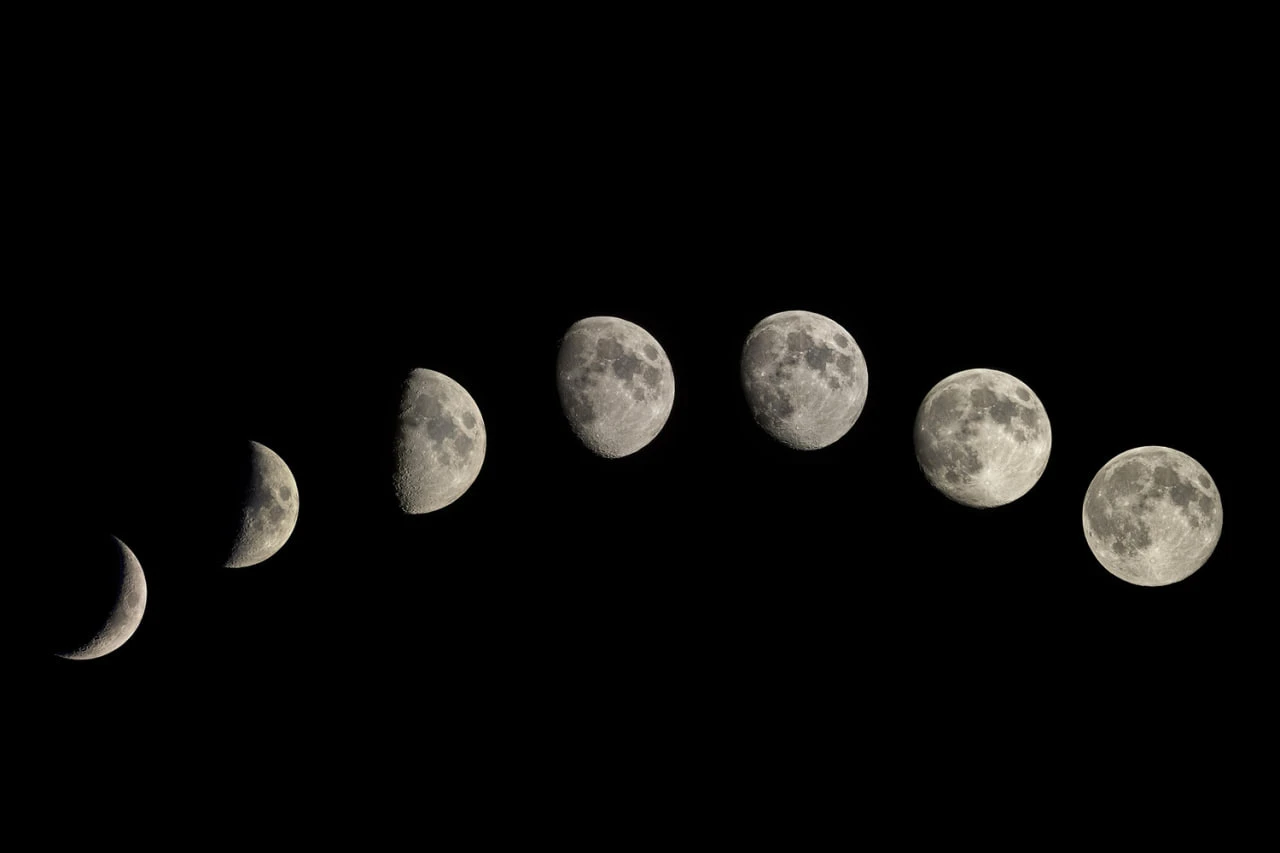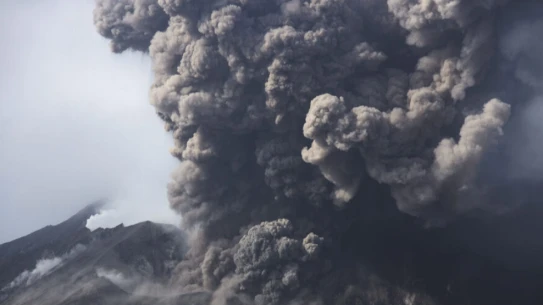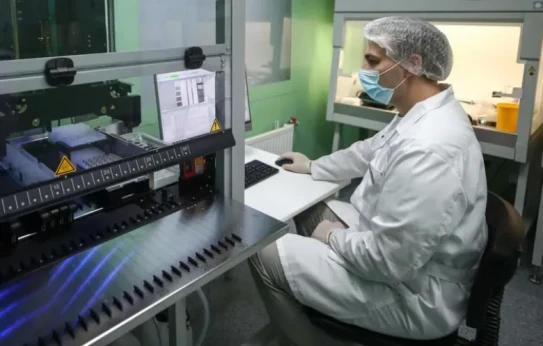The new analysis of the South Pole-Aykken crater (SPA) has shown that it can be formed from the north, not as a result of the plement of asteroids from the south, as they used to think. This is stated in a study conducted by a group of Arizona University. The results were published in Nature magazine.
SPA crater is located on the opposite side of the Moon and is considered the oldest and largest collision pool of the solar system. Its age is estimated at about 4.3 billion years. The crater was previously assumed that the crater was formed due to the asteroids facing the south, which would explain the asymmetric distribution of rocks in the basin.
In a new study, scientists have taken into account topographic data, gravitational measurements and lunar skin models. They found out that the crater has a conical, tear-down dock, which shrinks to the south. This geometry shows that the asteroids are likely to move from the north to south, touching the moon.
In order to verify this version, scientists have compared the type of spa crater to other well-known conflict structures, including Marsian Hellada and Utopia craters, whose genealogy has been studied in more detail. The similarities between them have strengthened the hypothesis of the northern collision.
If you are confirmed, these results will help us to better understand how rocks are distributed in the inner layers of the moon and how they will cool them after the moon's ocean. This also means that rocks along the edges of the SPA basin may contain fragments of the moon's deep layers that were previously unavailable for analysis.
NASA's upcoming "Artemis III" mission, which envisages a staff landing in the SPA region, can provide new data on the availability of lunar peeling and water ice in those regions. However, according to the representative of the British Open University Mahesh Anand, the final conclusions can only be made after returning the samples from the scene.
Translation of: Euromedia24.com


























